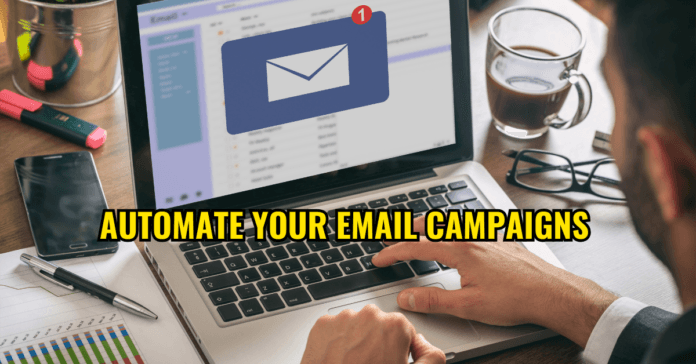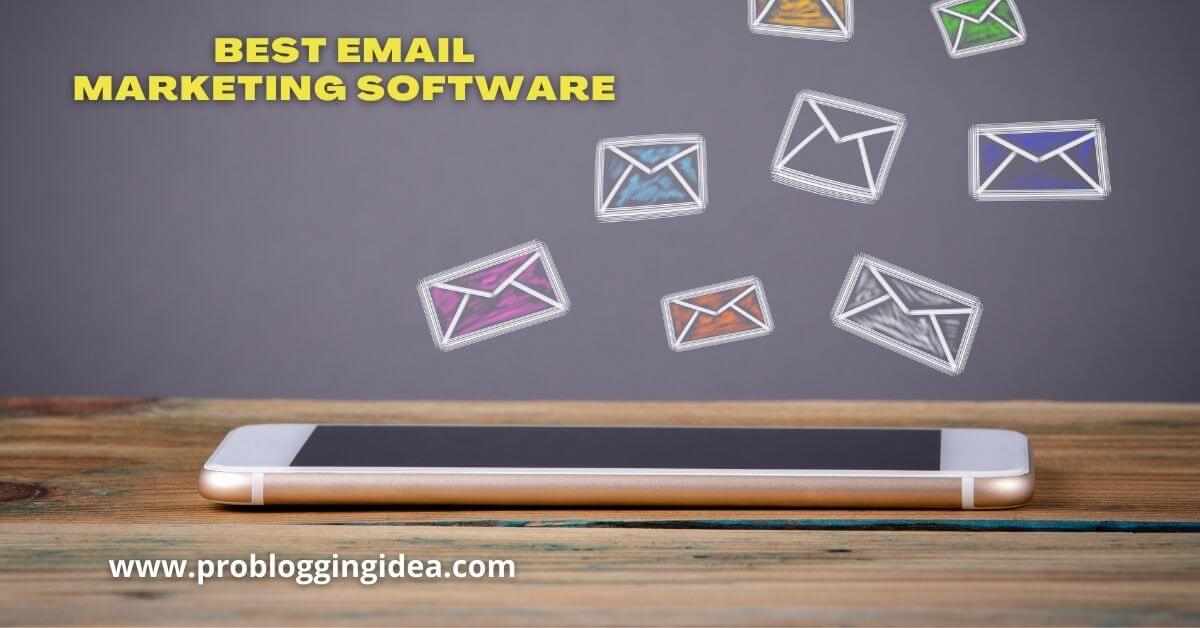In today’s fast-paced digital world, email marketing remains one of the most effective ways for small businesses to connect with customers and grow their audience.
However, managing email campaigns manually can be overwhelming, specifically for beginners. That’s where email automation comes in—GetResponse is one of the best tools for small businesses and beginners looking to streamline their marketing efforts.
In this guide, we’ll explain how to automate your email campaigns with GetResponse, why it’s the best choice for beginners, and how to use this tool to increase conversions and sales. We’ll also highlight the role of reliable web hosting like Hostinger in ensuring your website and email campaigns run smoothly.
Why Email Automation is Important for Small Businesses
As a small business owner, your time is valuable. Managing customer relationships and growing your business takes a lot of effort, and marketing is just one of many tasks you must misrepresent. Email automation allows you to:
- Save time: Automating repetitive tasks like sending welcome emails or promotional offers allows you to focus on running your business.
- Increase engagement: Automated emails are timely and relevant, increasing the chances that your customers will open, read, and act on your messages.
- Boost conversions: Well-timed emails can boost leads and guide customers down the sales funnel, ultimately increasing revenue.
For example, email automation for small businesses allows you to set up workflows that automatically send follow-up emails when someone joins your list or leaves their cart. This leads to a more personalized customer experience without any extra work on your part.
GetResponse: The Best Email Automation Tool for Beginners
Now that you know the importance of email automation, let’s look at why GetResponse is the top choice for beginners and small business owners.
- Easy-to-use interface: GetResponse is designed for users of all skill levels, offering drag-and-drop tools that make it easy to set up email campaigns—even if you have no prior experience.
- Affordable pricing: Budget matters for a small business owner. GetResponse offers affordable plans that grow with your business, making it accessible for beginners.
- All-in-one solution: GetResponse offers more than email automation. It provides features like landing pages, webinars, and CRM integration, helping you manage your entire digital marketing strategy in one place.
- Pre-built templates and workflows: If you’re new to email marketing, GetResponse’s pre-built email templates and automation workflows will save you time and effort.
- Analytics and reporting: You can track the success of your automated email campaigns with detailed reports and optimize them for better performance.
This powerful tool simplifies the entire process of automated email campaigns, making it a top contender for small businesses looking to scale their marketing efforts.
Step-by-Step Guide: How to Automate Your Email Campaigns with GetResponse
Let’s dive into the process of setting up an automated email campaign using GetResponse. Follow these simple steps to get started: Also, read our GetResponse Email Marketing Full Review Article.
Step 1: Create an Account on GetResponse
You can sign up for a free or paid account on GetResponse. The platform offers a free trial, perfect for small businesses and beginners who want to test its features before committing.
Step 2: Build Your Email List
Before automating your campaigns, you’ll need a list of email subscribers. Use GetResponse’s tools to create opt-in forms and landing pages where visitors can sign up for your emails.
Step 3: Set Up Your Automation Workflow
Navigate to the “Automation” tab and select the workflow you want to create. GetResponse provides several pre-built workflows, such as:
- Welcome emails: Automatically send a welcome email when someone joins your list.
- Abandoned cart emails: Send a reminder email to people who left items in their cart without completing a purchase.
- Follow-up emails: Send emails to nurture leads or engage with your audience.
Step 4: Customize Your Emails
Design your emails using GetResponse’s drag-and-drop email editor. Choose from pre-made templates or create your own. For a more personal touch, add personalization tags like the recipient’s name.
Step 5: Set Your Triggers
Define what triggers the automation. For example, you can set the automation to start when a new user signs up for your email list or after a customer makes a purchase.
Step 6: Test and Launch Your Campaign
Before going live, test your automation workflow to ensure everything works smoothly. Once you’re satisfied, launch your automated email campaign!
By following these steps, you’ll have a fully automated email campaign up and running in no time. This allows you to focus on other aspects of your business while your emails work for you.
Tips for Creating Effective Automated Email Campaigns
Now that you know how to set up your email automation, here are some tips to help you get the most out of your campaigns:
1. Segment Your Audience
Divide your email list into segments based on customer behavior, demographics, or purchase history. This allows you to send more relevant targeted messages to each group.
2. Personalize Your Emails
Use personalization tags, such as the recipient’s name, location, or past purchases, to make your emails more personal and engaging.
3. Write Compelling Subject Lines
Your subject line is the first thing your subscribers see. Make sure it’s compelling enough to encourage them to open the email.
4. Include a Clear Call-to-Action (CTA)
Whether purchasing a product, signing up for a webinar, or downloading a free resource, always include a clear CTA in your emails.
5. Analyze and Optimize
Regularly check the performance of your automated email campaigns using GetResponse’s analytics tools. Look at metrics like open rates, click-through rates, and conversions to optimize your campaigns for better results.
How to Maximize Results Using Hostinger and GetResponse Together
While GetResponse automates your email marketing, a reliable web hosting provider like Hostinger ensures your website performs at its best. Why is this important?
- Faster load times: With Hostinger, your landing pages load quickly, reducing bounce rates and ensuring your email subscribers have a smooth browsing experience.
- Higher uptime: Hostinger guarantees 99.9% uptime, so your site is always accessible, meaning no missed opportunities when customers click on your email links.
- Scalability: As your email list and business grow, Hostinger’s flexible hosting plans grow with you, ensuring your website can handle increased traffic.
Combining GetResponse for email automation and Hostinger for web hosting creates a powerhouse strategy for small business owners. You’ll have peace of mind knowing your marketing campaigns and website are in good hands.
Conclusion
Automating your email campaigns is a game-changer for small business owners and beginners. With GetResponse, you can easily set up and manage automated workflows that save time, increase engagement, and boost sales.
Pairing GetResponse with a reliable hosting provider like Hostinger ensures your online marketing strategy runs smoothly.
Don’t miss out on the opportunity to streamline your email marketing and take your business to new heights. Click the links below to start your journey with GetResponse and Hostinger today!
Your small business can thrive in the digital world with the right tools and strategies!





